Getting solar panels on your house is a great thing to do. Especially if you care about the environment and have a government that seems hellbent on forcing people to continue to use fossil fuel to produce electricity.
We put on our first set of solar panels in 2016, the second lot in 2017. We then watched our powers bills go down. It was going great until the bills started going up.
When they made the announcement that the amount we get for our feed-in tariff to the grid would be going down to 6 cents per kilowatt-hour we knew we had to get a battery.
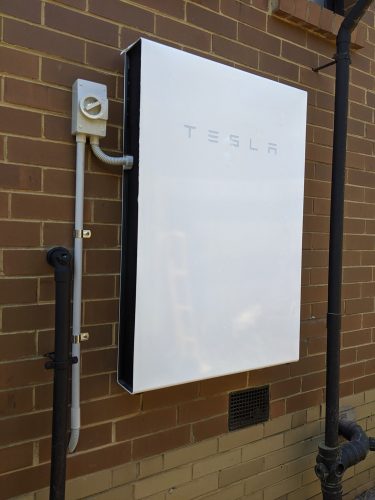
Previously we had many months where we didn’t pay anything and would get a credit for the power we fed into the grid. When I heard about the 6 cents I went back over all our bills and changed the 10 cents to 6 and we would never have months of not paying anything. There would be no more credits. We had to do something.
For more info, check out the following blog post Is this the death of Solar in Australia?
Getting a battery
I wish I could say there were many many options for batteries out there in Australia, but sadly that isn’t the case. They are so expensive. It is another one of those Australia Tax things. Just because this is Australia the rest of the world thinks they can charge us more money because apparently, we expect that. It is such a crock.
We also thought we would go with a Redflow battery, but we ended up with a Telsa Powerwall 2.
I am not going to pretend I know the technical stuff behind it. I really don’t get a lot of it and I don’t want to. The guys at EnviroGroup were fantastic and helped us to choose what was best for us or rather what would work best for our system as they also installed all our solar panels. I should get Dave to write a post about it because he does get it all. We didn’t get a Redflow battery because we weren’t confident that it would be reliable enough. We don’t know if that is accurate, but there you are, we didn’t get it. It is a lot of money to spend on something you aren’t totally sure about.
The options are not great here. We never thought we would end up with the Telsa, but we did. For us, it was the best option for the money. It was around $18K for the 13.5 kWh Powerwall 2. I think it was that size, can’t quite remember now.
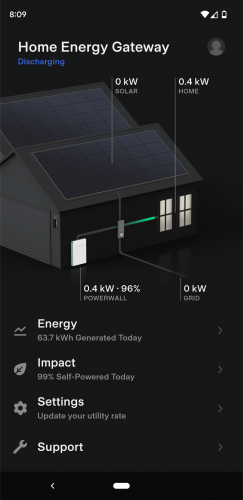
We were lucky that we qualified for a government rebate and got around $4200 towards it. That helped a lot.
The battery was installed at the end of October last year. We had to put the battery on the opposite of the house to our switchboard because it was the only place it would fit that was safe for it. Plus it is the only place where it wouldn’t get full sun on it most of the day.
Our house has 3 phase power and the battery is only one phase. So one of the things we had to figure out was what we wanted to be able to run if there was a power failure. We chose quite a few things and were told it was probably too many to run on a single-phase, however, we can see how much power we are running and know that there are many things we won’t be able to run at the same time. It was an interesting process.
Like with all our solar installs we did have teething problems. The battery wouldn’t charge. Or the system would send power to the grid instead of charging the battery. It took all day to fully charge it if it did at all. We would have days where we sent so much power to the grid, but the battery wouldn’t have fully charged for the day. It was getting a bit ridiculous. Especially when we started having to get power from the grid because it wasn’t charging properly. We have an app for the phone that shows us how charged it is and where the power is going. I’m attaching an image of that.
As Dave said, it was an expensive wall hanging.
It did eventually get fixed and I have to say we are now so glad that we have it. It is usually charged all up by lunchtime most days now. If it is very overcast it can take a lot longer.
Enphase
We have Enphase microinverters and they have a great website where we can track how much power we produce from the panels, how much power we use, with a little thing under that tells us how much power we import from the grid. If you look at the image below you can see we imported 0.09 kWh that day. Then finally how much power we have exported back to the grid. You can see it below.
I did the anal thing of going back to just over a year ago to compare how much power we imported from the grid, and then comparing it each month since we got the battery. It has been interesting.
If we start with December 2020 because really the battery wasn’t working correctly for the month of November.
So December 2020 we imported 166.7 kWh from the grid.
In December 2021 we imported 3.73 kWh from the grid. That is a massive difference.
January is one of the hottest months in Australia so let’s look at that. We use air conditioning a lot in January and February.
January 2021 we imported 241.96 kWh from the grid.
January 2022 we imported 21.08 kWh from the grid.
Again another huge difference. The test is really going to be in winter. We don’t generate as much power and charging the battery is going to be harder. Last winter we imported a lot of power from the grid, so now we have to see if we would import as much with the battery.
It is interesting and since we had it installed we haven’t had to pay an electricity bill again. We are building a nice credit now that will go towards the winter bills. We are not going to disillusion ourselves into believing we won’t have to pay for electricity in the winter months. Hopefully, it won’t be as much as it was last year.
For now
We are keeping an eye on it, and may or may not expand on it in the future. Will we get another battery, or put more solar panels on the roof, I don’t know. Time will tell. It is nice to not be paying for electricity. However, with the changes coming in that I talked about in my blog post Is this the death of Solar in Australia? who knows what will happen. Of course, the dream is to go off-grid completely, but I don’t think that will ever be an option for us while living in the city.
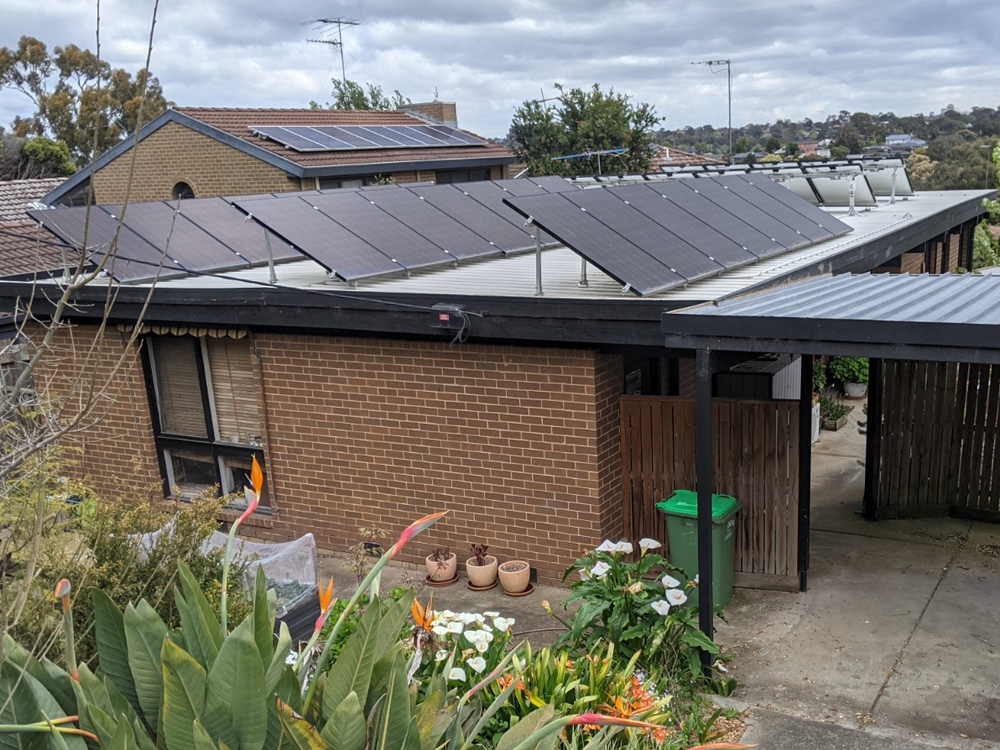
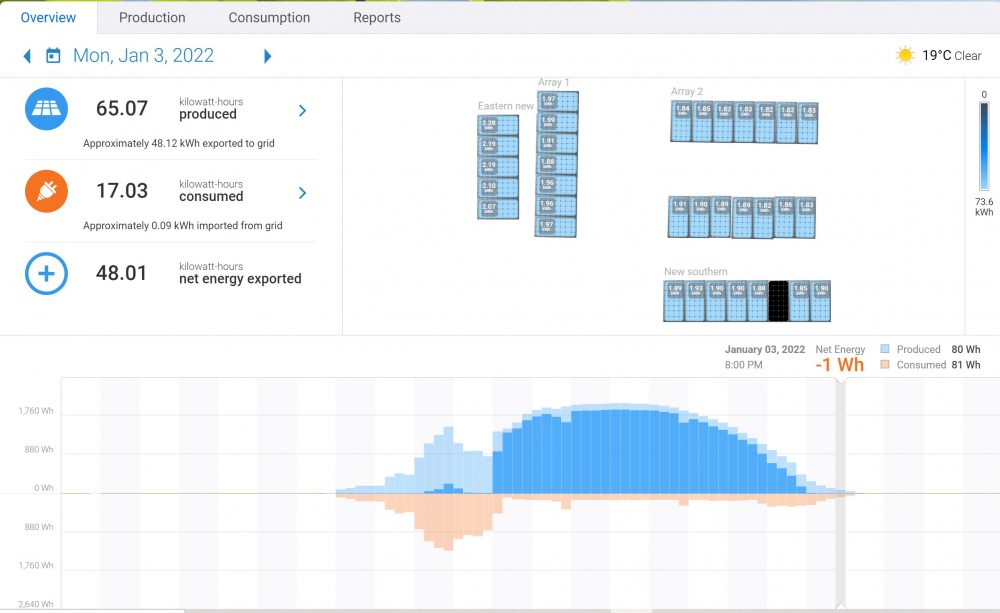
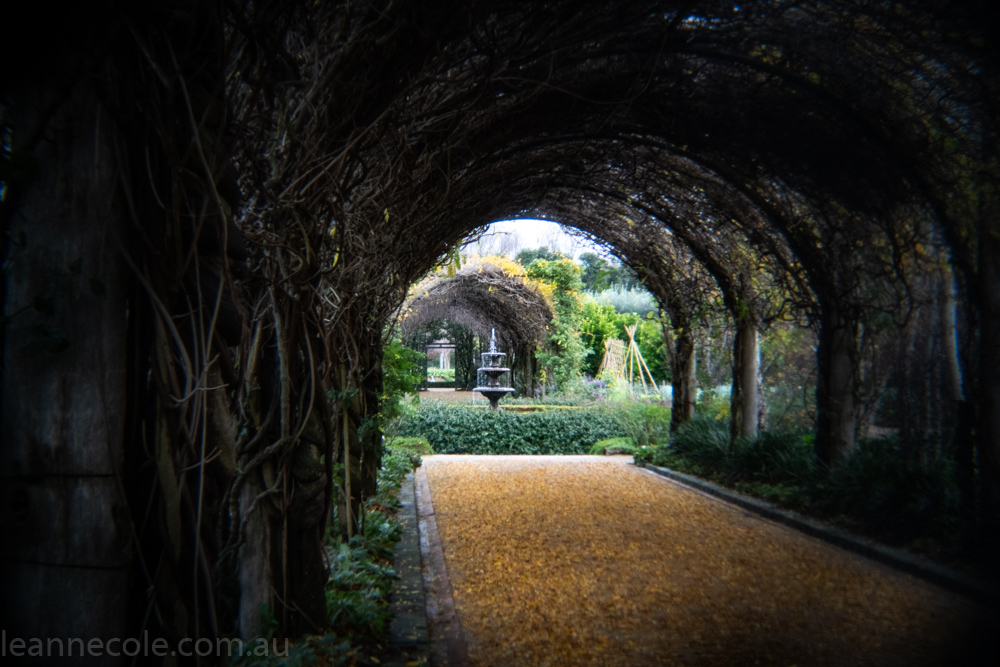
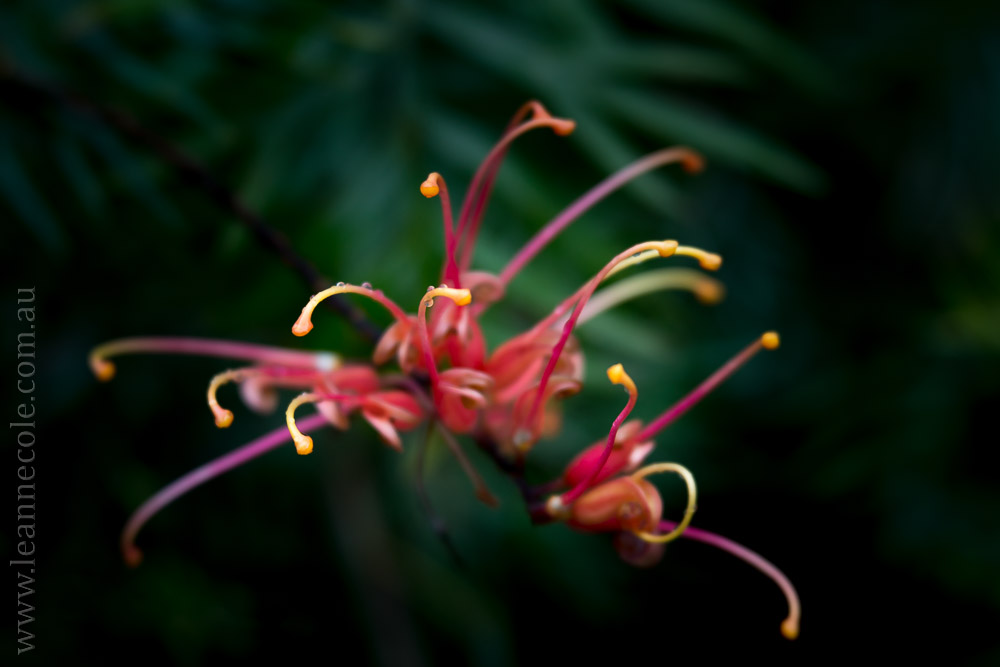


Leanne: Long time since I was on WordPress, but I admire your perseverance in going after a solar solution. Keep up the good work!
Great to see you again Robin. Yeah, I think if we were doing solar for the money we wouldn’t do it, but we do it for other reasons, but trying to stay ahead of everything is definitely hard. Thank you.
I can’t understand why your government has taken a 180 degree turn on solar, what the heck! My neighbors have solar panels on the house and like the system very much. It sounds completely political.
I know John, it is so frustrating. I do know why, bribes disguised as political donations from fossil fuel companies. Apparently solar companies aren’t giving them enough money. It is pretty bad. We now have one of the most corrupt governments in the world. They don’t care what the people of this country want, if they did they would be doing something about the environment considering something like 70 to 80% of people want them to do something about it. Let’s hope the next election brings better results. We have to have it by May, but the Prime Minister gets to decide when. I think he is hoping for a time when he is looking better, but thankfully I don’t think that is going to happen.